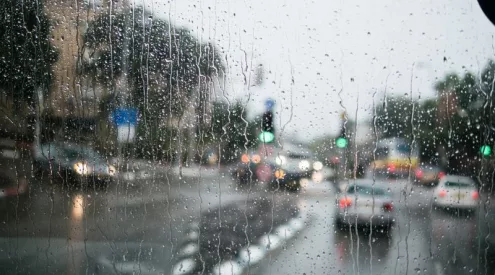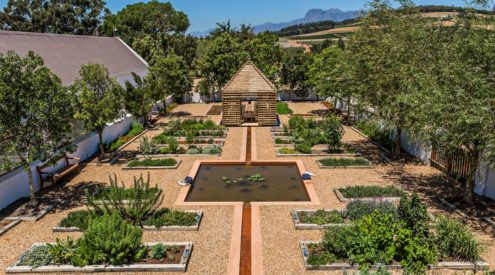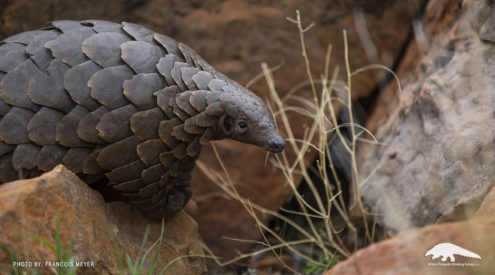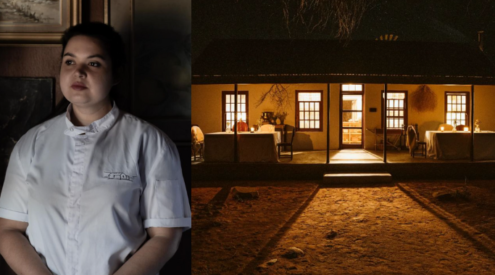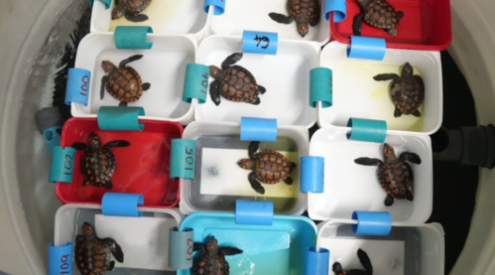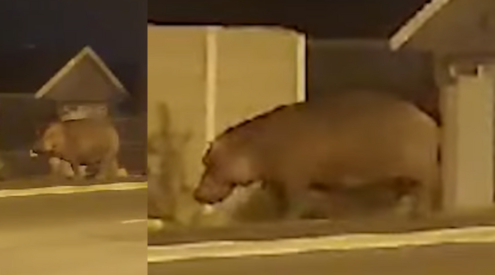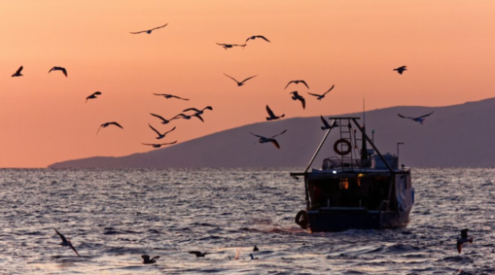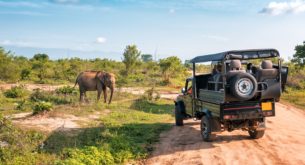Spring is the best time of the year to create a bee-friendly garden. It is the season of renewal and vibrancy. Of bright greenery and bold colours, bird song, butterflies, flowers, fragrance, and foraging bees. In anticipation of the upcoming season, join the #PolliNationSA movement, which encourages gardeners to plant flowers, vegetables, herbs, fruit, and trees for bees.
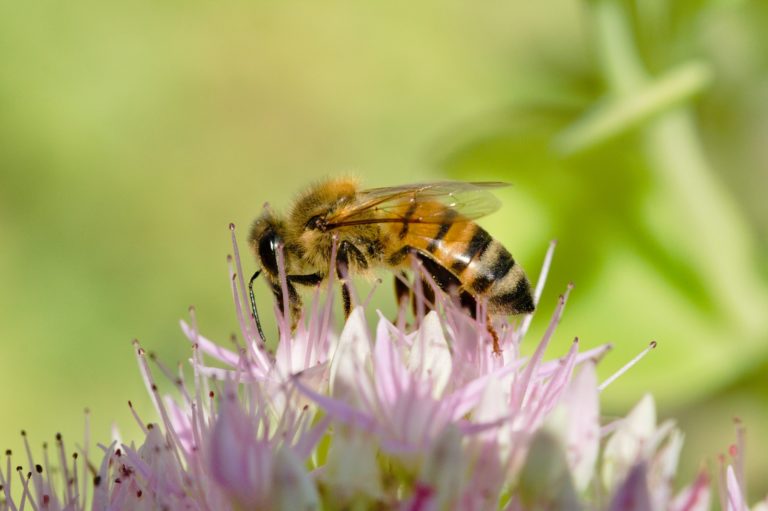
Join the #PolliNationSA movement.
A free gardening app, Candide is the place where green enthusiasts will find all the information they need to create a bee-friendly garden as well as inspiration and knowledge about all things plant and garden related. Candide’s #PolliNationSA movement is dedicated to raising awareness around bees, their needs, and what we can do as gardeners to create a sustainable environment for them. Launched on World Bee Day, May 20, the #PolliNationSA movement is a twelve-month campaign that runs until May 2021. It aims to recruit a minimum of 100 000 South Africans to become pollinators and to plant for bees.
As VIPs (very important pollinators) in the garden, bees are the focus of Candide’s #PolliNationSA initiative. ‘Early Spring is a busy time for most bees,’ explains Candide Market Lead, Shani Krige.
‘After the winter, bees will start foraging extensively and this is the time when the plants and flowers in your garden will provide the resources they need. Bee-friendly plants are central to the #PolliNationSA movement,’ says Krige. ‘You can play the role of a provider for the bees, this Spring, by choosing a good variety of popular bee-friendly flowers and plants for your garden. There’s an extensive list of bee-friendly plants and flowers in the KNOWLEDGE tab on the Candide app.
Group flowers and plants of the same type and colour together so the bees can easily find them.’
Here’s how you can take part:
- If you don’t already have Candide, download the free app, available on the Apple App Store and Google Play Store.
- Snap a pic of a bee-friendly plant or flower that you’re growing in your garden, on your stoep, windowsill or balcony. Candide has loads of information about bee-friendly plants and flowers, which include basil, borage, rosemary, lavender, citrus trees, aloes, vygies, clivias, daisies, proteas, and many more.
- Share the pic on the Candide app using the hashtag #PolliNationSA.
- Once posted, you’ll receive a #PolliNationSA sticker that will be added to your Candide profile pic confirming your pollinator status.
You will also be able to view a countrywide map that shows the growing movement as more bee ambassadors create bee-friendly spaces throughout our country.
‘Bees are an essential part of an ecosystem and responsible for the pollination of about a third of our food crops and many of southern Africa’s indigenous plant species,’ explains Krige. In South Africa, Amegilla, Megachile, Lasioglossum, Patellapis, and Seladoniaare are common, widespread hard-working solitary bees. Capicola, Rediviva, Melitta, and Sambaare are solitary bee genera that mostly visit one or a few closely related flowers. They are important because where one disappears both will disappear. The two main honey bee sub-species are the African bee (Apis mellifera scutellata) and the Cape honey bee (Apis mellifera capensis).
Consider these ideas for your bee-friendly garden:
- Allow vegetables and herbs to flower by adding a few extra plants or seeds. Bees love the flowers of rocket, fennel, and carrot to name a few.
- Be diverse. Plant as many different flowering herbs, plants, shrubs, and trees as possible, the more diverse you can go, the better.
- Just like humans, bees need water. Make sure your garden has one or a few water sources that are friendly to bees. They need to have a place to sit where they can reach the water, so consider placing a large rock inside your birdbath or fill a shallow tray with pebbles.
- Avoid pesticides and chemicals as they are not good for bees. Rather try natural ways of fighting off pests like neem oil, soap, garlic, and Epsom salts.
Plants for early Spring:
- The indigenous Cape-forget-me-not (Anchusa capensis) produces brilliant blue blooms in Spring through Summer. It is an easy plant to grow and the flowers attract bees and butterflies.
- Alyssum is a wonderful bee-friendly plant that is easy to grow. Plant seedlings from your local nursery, then sow seeds between the planted seedlings for a continuous carpet of blooms throughout the season. The tiny flowers are honey-scented and attract bees in their numbers.
To discover more bee-friendly plants for early Spring and for more information on the #PolliNationSA movement, visit the Candide App and website: www.candide.co.za
Image credit: Unsplash

